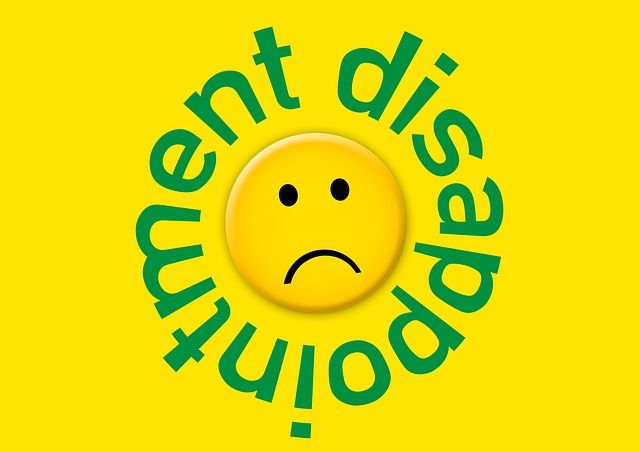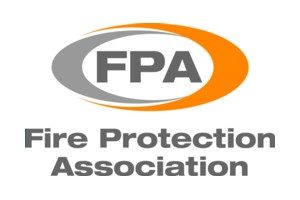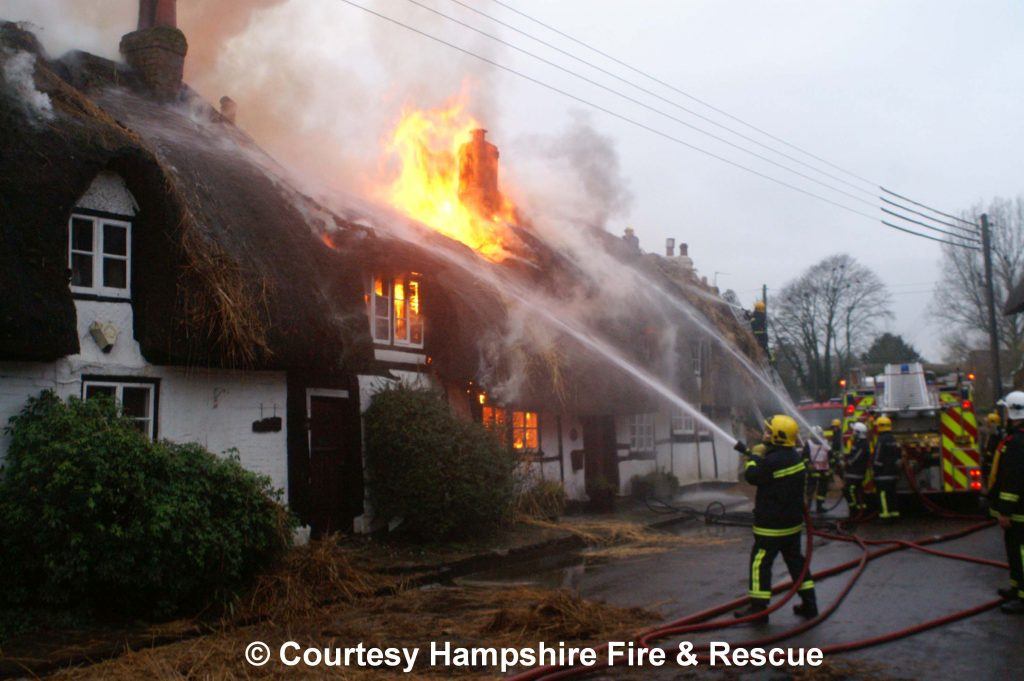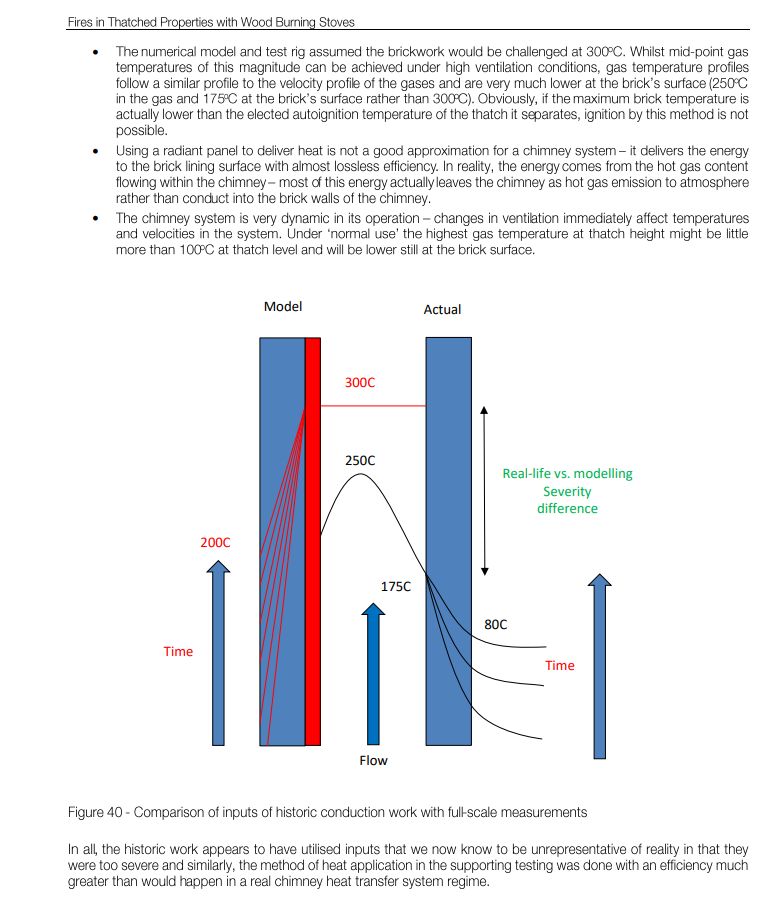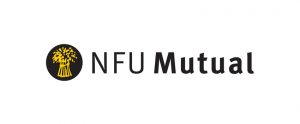Chimney Fire Safety Week – Why are we so disappointed?
HETAS and the National Society of Master Thatchers have, via Chimney Fire Safety Week 2018, missed the opportunity to clearly state the up to date information into chimneys, thatch and fire safety.
It is hard to understand why the new information has not been clearly included in the Chimney Fire Safety Week information on the Thatch Properties.
All the good general Chimney Fire Safety information on the website should be added to, not causing ‘thatch confusion’.
We are disappointed that:-
- There is no reference to the Fire Protection Association (FPA) Guidance (into Thatch, Woodburners and Chimneys).
- No mention of the FPA comprehensive research & report, funded by Historic England and NFU Mutual almost 2 years ago. These both have a large interest in thatch and fire safety. The important new findings re chimneys conduction (or not) and heat transfer should not be ignored. See report and/or below for more information.
- No mention of the Burgoynes Forensic Investigation report – and conclusion that majority of thatch fires are caused by ejected embers and chimney fires.
Surely this is very relevant in terms of Thatched Properties and Chimney Fire Safety? It was the perfect opportunity to help people understand and reduce the real fire risks and move on from the older unrealistic information.
- The comment “Historic England and local authority conservation officers have no responsibility for considering fire risk in planning decisions regarding thatch” is of concern.
“Both Historic England and local authority conservation officers, who are charged with conserving the country’s stock of listed buildings, take the installation of wood-burning stoves in thatched buildings and the potential fire risk very seriously and could refuse listed building consent for an installation that was considered unsafe. It is precisely because it has such a responsibility that Historic England (together with the NFU) directed significant funds towards the recent FPA research.”
- We are also disappointed at the information on the National Society website – see more detail below. (Link from the chimney fire safety page)
It would have saved us the need to write this article!
Chimney Fire Safety week – important omission
The opportunity was missed to clarify the important research information on conduction of heat. This was of huge disappointment due to the previous information being such a stumbling block to progress in the fight against thatch fire. Change is needed.
Fig 40 of the research proved that the old heat transfer research (by conduction) was unrealistic. The importance of this is that it has, for years, been promoted as the major cause of thatch fires.
Sadly this old unrealistic research is what much information (from building regulations to HETAS and Fire Service advice was based on). Surely the progress should now be to admit this clearly and move on with the facts in order to help people.
Below Fig 40 from the FPA Research report (conduction)
Alternatively the report also shows proof of convection through damaged brickwork to the thatch – obvious and proven by FPA research – let us be clear about it. Let’s work to improving integrity of stacks and liners to reduce these risks. The construction, materials and design also play a part but so does human intervention.
Chimney Fire Safety Week – a little progress
HETAS have, at last, seemingly accepted the up to date FPA research regarding thatch. They have removed the Chimneys in Thatched Properties Guidance and associated heat transfer diagrams from their website. There have been also been tweaks to/removal of information on the National Society website.
Disappointment at the National Society of Master Thatchers’ Tips
The Chimney Fire Safety page links to the National Society of Master Thatchers Ltd Fire Prevention Tips which is very disappointing. Unfortunately is not working on quite the same page as the rest of us, regarding promoting the correct and up to date information in a prompt and timely manner, clearly for everyone. We are taking time to write this as we have had enough of messing about, we are nearing the next burning season and this needs to be sorted out and made clear for everyone.
These tips and information have meant we have received calls from people confused by HETAS/National Society advice.
Some of the points of concern with the pages on Fire Prevention Advice are:-
- The main proven cause of thatch fires is not mentioned. It has been proven to be ejected embers and chimney fires. Why not address this? Is it because the old heat transfer theory by conduction has been proven unrealistic and they don’t want to lose face? This lack of acknowledgement affects people and their homes and is more important than individual glory and personal gain.
Not only this, many Fire Services still have this old unrealistic information in their thatch fire safety information. We want them to understand how best to help homeowners and removing the out of date information is now well over due. - We are concerned about calls we receive regarding scaremongering that “Listed Properties with deep straw thatch are most at risk” This again is another unsubstantiated comment.
- “New buildings with thatch are safer as the known problems have been designed out”
How and what are they referring to as known problems. How can problems be designed out when there is user interaction with a woodburner/chimney e.g. lighting, re-fuelling, sweeping, burning at correct temperature per manufacturer’s instructions, the type and moisture content of wood used etc?
Believing that the risk can be designed out lulls people into a false sense of security. Design may help but care of what and how you burn are also important. - “Increasing chimney height will not solve the problems” Where is the proof of this statement?
“The FPA research has clearly shown that increasing the distance between the thatch surface and the top of the chimney will help to reduce fire risk but, of course, the way the wood-burner is used is also critical.” - “Historic England advice does not permit the removal of any thatch layers”. Incorrect. We have another quote from Historic England.
“When considering a proposal to remove thatch layers from a listed building, every case has to be considered on its merits. On many buildings, the most recent thatch layers may not contribute much to the building’s significance, so listed building consent for removing some of them to allow safer use of a wood-burning stove may be justified. In other buildings, the historic thatch layers may be more important, and in these cases we might look at other options for increasing the height between the top of the chimney and the thatch, such as increasing the height of the chimney or adding a chimney pot” - Why do they only have working links to some of the documents and not all. Why, what is the problem with sharing the up to date information?
All the comments in these Tips therefore appear to have been made with the apparent backing of Chimney Fire Safety Week and ultimately HETAS. It causes frustration, especially when we and others are doing the best we can to give people correct and up to date information. These comments are not necessary and are detrimental to helping people understand and reduce the real thatch fire risk.
Why use the same picture as ours – which we have used to promote our thatch fire safety advice for years. Passing off we have been told… If you are going to copy what we do, please acknowledge it and/or at least get it right. Your mission statement seems to be mission aborted!
The comment has been made to us about this information “It is too little, too late, too weak and too clinging to the past”. Disappointing indeed.
Chimney Fire Safety week – what would have been helpful
It would have been helpful if:-
- The proven main risk – being chimney related e.g. ejected embers and chimney fires was addressed and the old information confirmed as unrealistic. The FPA Guidance could have been shared (we sincerely hope that this is included very soon and their current information updated) independently. HETAS has access to the same information as us for as long as us, promised updates…. It this it?
- HETAS representatives could all sing off the same hymn sheet when it comes to thatch and it would be helpful if they understood the reasoning and research behind the advice, in order to best help people when they visit and quote for works. Help in a good installation, in reducing the main fire risks, meeting building regulations and insurance requirements is what people are wanting. This is because people to still heat their homes with woodburners and open fires. If we don’t improve things will they try and ban woodburners in thatched properties? Not a route most of us want to be worrying about.
- Everyone worked together, not in isolation. Many people with listed properties have woodburners and need insurance. They need advice and it should be the same and not confusing. People with new build and woodburners need to understand that there is still a risk which can be reduced by good practices.
Our disappointment is borne of the frustration of the slow progress being made in accepting and promoting the new information. This has a knock on effect to peoples understanding and ability to reduce the real fire risks in their homes. It would have been helpful to have had a much clearer and more timely update ready for this next burning season.
On the plus side, there is proof, reality, on these risks and we are working hard to reduce them.
Chimney Fire Safety for Thatch – what we want to share
Share relevant up to date documents
- Our Thatch Fire Safety leaflet (which includes the new research information)
- FPA Guidance into thatch and woodburners
- FPA Research Report
- Burgoynes Forensic Investigation Report
The FPA work,commissioned by NFU Mutual and Historic England, has been instrumental in confirming the Forensic Investigation findings into the main causes of thatch fires. And their recently launched Guidance and report are excellent and clear.
Share the proven main cause of thatch fires and associated risks
What is proven is that the main risks are sparks/embers from chimneys and chimney fires. Risks are increased with properties with:-
- Woodburners with lined flues
- Low chimneys
- Damaged flues or chimneys
- Fires and woodburners which are lit or refuelled inappropriately
- Woodburners not run per manufactures instructions or allowed to “slumber”
- Chimneys not regularly swept (Risk of causing a chimney fire)
- Properties with birds’ nests in the chimneys (although no data on the prevalence of these…. Yet)
Our aim is to promote the up to date proven facts to help people make the appropriate decisions to reduce the real risks. It is just disappointing that Chimney Fire Safety Week is not, in our opinion, fully addressing the thatch fire risk issue, by not utilising all the up to date information to hand.
Share the good information, discuss, work together for the good of thatch
It has been a frustrating few years but the FPA research and Guidance has been a huge step forward following the updated Burgoynes report. A step forward with proof, understanding and allowing people to assess and reduce the risks to their properties, whether listed or not. Our updated Thatch Fire Safety leaflet incorporates this and gives good advice on fire safety for thatched properties.
People want to heat their homes with wood, open fires and woodburners. Banning woodburners has also been bandied about but is that reality, practical or even right? If we work together, Burnright, promote cleaner air, good installations with appropriate insurance cover based on reducing the risks, it can be better. Improvements in wood burning and solid fuel stove design is also going to play a good part in improving fire safety.
Chimney Fire Safety – Building Regulations
The Thatch Advice Centre also understand that the Building Regulations are there, and for good reason. Some of these involve thatch and fire safety for example, B4 and Approved Document J. Do people really understand or has it been a box ticking exercise. We, and the chimney sweep organisations and others, understand that ‘tweaks’ are required. The Building regulations consultation is going to be a very interesting exercise.
No one wants the ticking of a box to override common sense. So let common sense and the facts prevail and let’s see what they come up with. Would be great if everyone with knowledge, understanding and expertise could be involved. To help achieve practical and workable solutions which benefit both new and old thatched buildings with chimneys in use, as well as for the building of new thatch with fire safety in mind. Promote the understanding that thatch is a bit different but still a valuable and sustainable building material.
Until then, we aim to promote the facts and work together to give clear advice based on reality. We are disappointed at the time it has taken for these paid organisations to make initial changes
Chimney Fire Safety week – the future
There is potential for all things to come together to help reduce the risk of thatch fires:
Burnright
Clean Air Strategy
New improved woodburners
Building regulations
Insurers and sensible insurance policies
Solid fuel organisations
Reading our Thatch Fire Safety Leaflet
Many ways to promote the up to date information, and reduce the risks with realistic chimney safety advice.
It is hoped that soon everyone will be up to speed with the facts so that they can work together with us to really help people with chimneys, stay safe. Then Chimney Fire Safety week will be better.
These things are on a good track to improve thatch fire safety and we hope that the chimney fire safety week 2019 may soon be fully on that same page. It would be great to be able to leave this to those who purport to be the authorities on this and are paid to do so, but the last 10+ years have proved otherwise! We are that thorn in their side and, having given them this opportunity and they have failed, we feel it is time to get it off our chest.
Our time is limited, but we do this as we have a passion for thatch and to do what is right. Thank you for reading and understanding why we are disappointed with Chimney Fire Safety week 2018.


